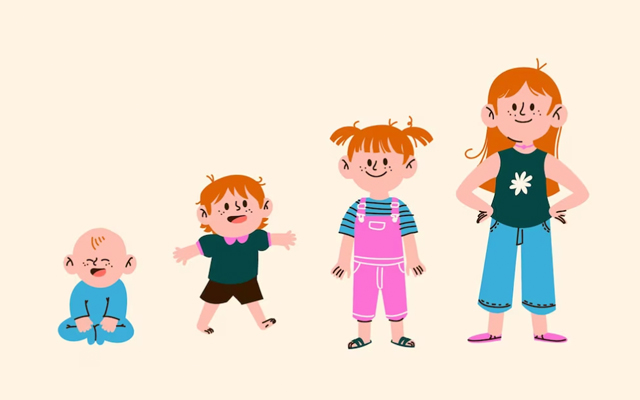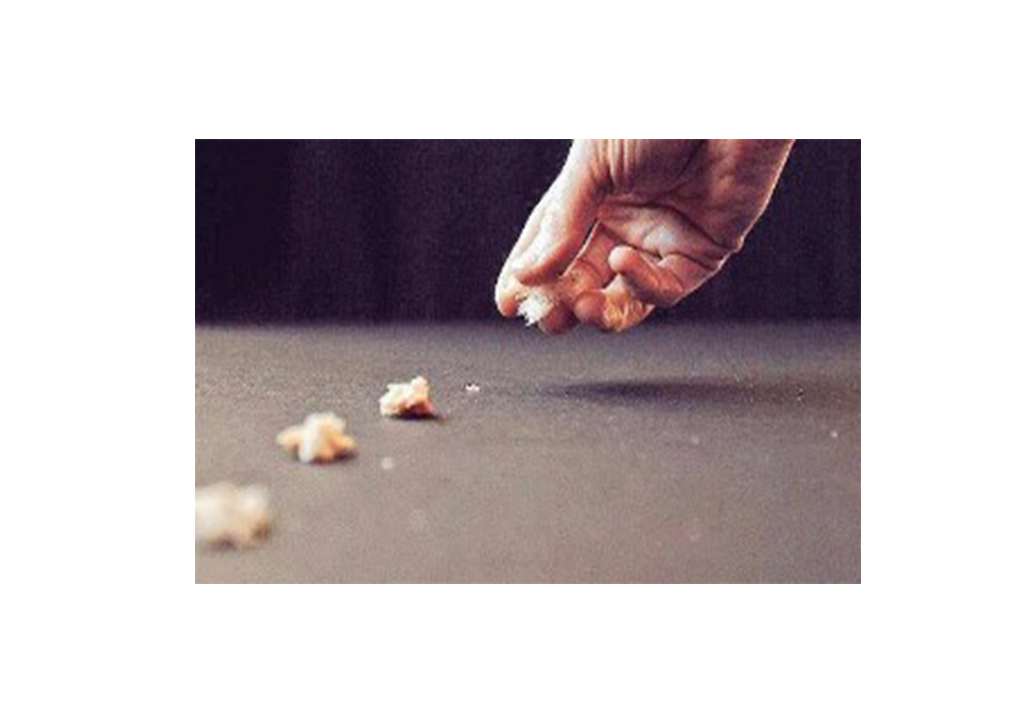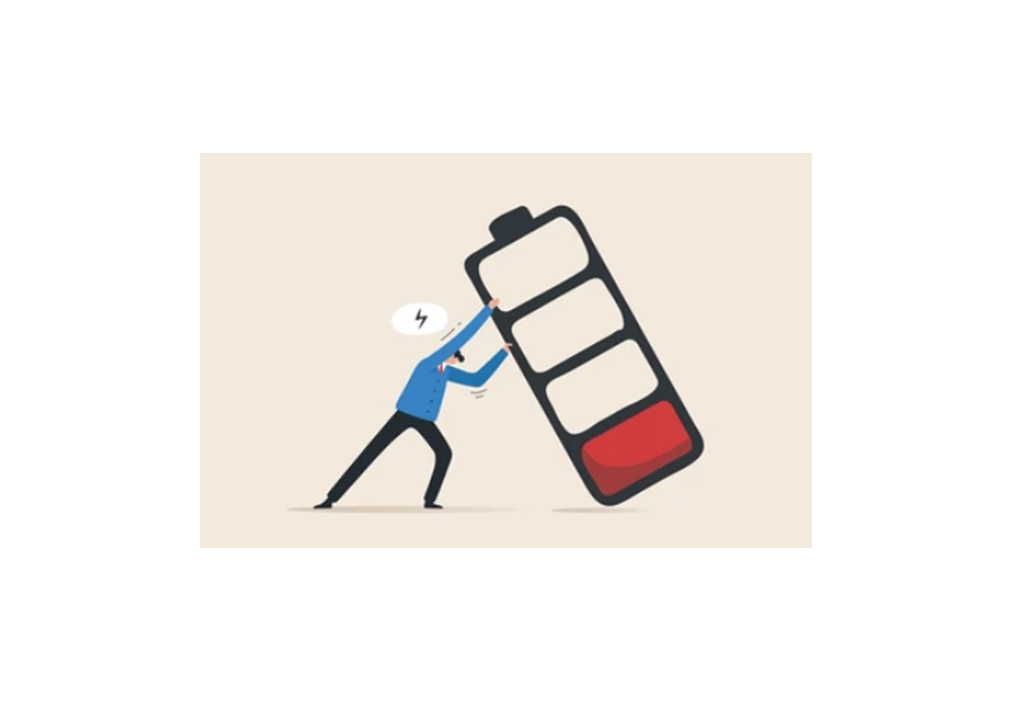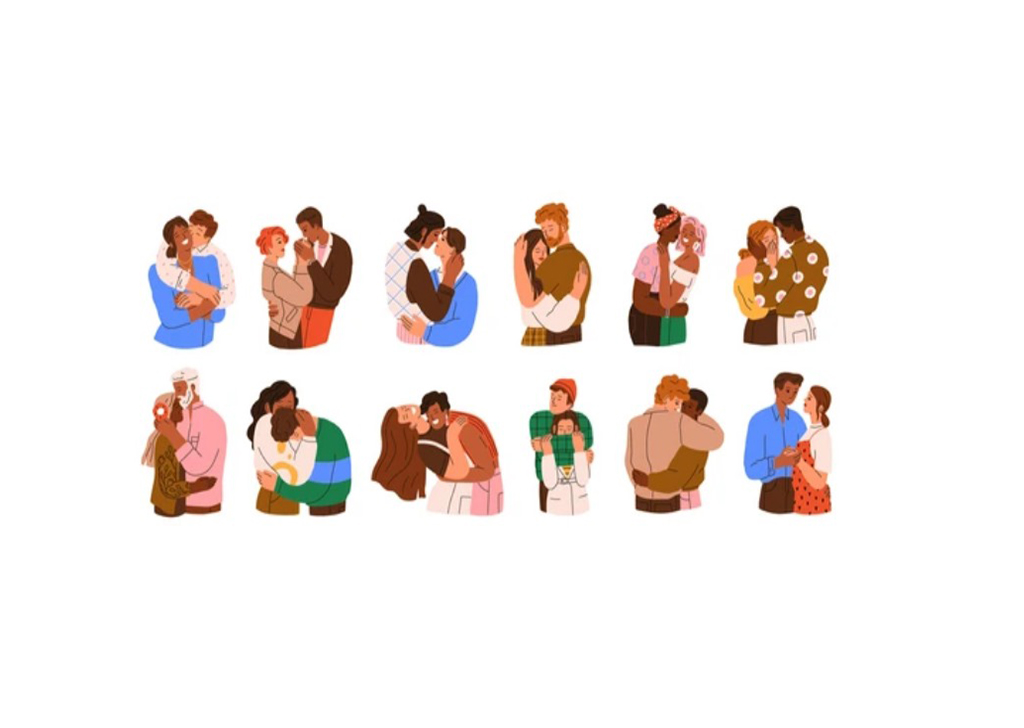Child Development Stages
Development is a process that starts from fertilization and continues until the end of life. The first 2 years after birth are considered as infancy, 3-6 years as first childhood, 7-11 years including primary school years as second childhood and 12-18 years as adolescence.
Infancy is the period when children grow and develop the fastest. During this period, monitoring caregiver attachment and motor development is very important for the healthy progress of development.
The first childhood period, which includes the preschool period, is the period when the child's interest in the environment becomes evident. The child who learns to use his/her body also uses his/her body in the games he/she plays during this period. The social skills the child gains in this period should be monitored correctly as they will affect the relationships they will establish in their future years.
Second childhood is the period when the child leaves the family environment and becomes more intertwined with the outside world. In this period, issues such as keeping up with school, adhering to the order in the classroom and benefiting from basic education are at the forefront. In the primary school period, it is important for the child to be able to get along with his/her classmates and express himself/herself in the classroom environment.
Adolescence is a period of body development. In this period, adolescents need to understand and accept the changes in their own bodies as normal. In this period, the search for identity is at the forefront. It is important that parents understand the adolescent's search for identity and the change in body perception correctly and reduce conflicts as much as possible. A supportive attitude from the parents may cause the adolescent to go through this process in a healthier way.
Hashtags
child development adolescence childhood infancy school family
Categories
Family Actual Pedagogical (Family-Child-Adolescent)







